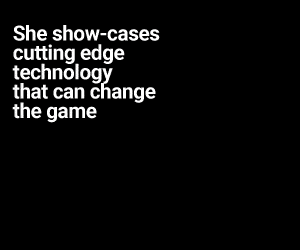The new tool takes a full picture of laser pulses in one go. It helps scientists fix problems fast in fusion and other energy experiments.

Scientists can now record the complete shape of ultra-intense laser pulses in a single shot. This is made possible by a new technique called RAVEN (Real-time Acquisition of Vectorial Electromagnetic Near-fields), developed by researchers at the University of Oxford with Ludwig-Maximilian University of Munich and the Max Planck Institute for Quantum Optics. The method gives immediate feedback, allowing researchers to correct distortions in real time, improving accuracy and speed in high-energy experiments such as plasma physics, particle acceleration, and fusion research.
The system was tested on the ATLAS-3000 petawatt-class laser in Germany, where it captured tiny shifts in the laser’s wavefront—distortions known as spatio-temporal couplings—that had previously gone undetected in real time. These distortions can significantly affect how well a laser experiment performs. With RAVEN, such problems can now be spotted and corrected on the spot, removing the need to take hundreds of shots to build a single picture.
RAVEN works by splitting a laser beam into two parts. One half reveals how the pulse’s color changes over time. The other half passes through a crystal that separates polarizations. A micro-lens array captures the wavefront, and a special sensor stores all the data in a single image. Software then reconstructs a full 3D map of the pulse’s structure, including its timing and direction.
This capability is especially important for building future fusion energy devices in the lab. These systems rely on focused laser bursts to heat fusion fuel using energetic particles. The process, known as auxiliary heating, depends on knowing the exact intensity and alignment of the pulse—something RAVEN now delivers in real time. Focused lasers may also be used in new physics experiments, such as making photons interact in a vacuum, which requires precise timing between multiple beams.
The method is also simpler than earlier approaches. According to Professor Peter Norreys from the University of Oxford, RAVEN provides a full laser pulse reading in one go, replacing methods that required hundreds of shots.
Looking ahead, the researchers plan to use RAVEN with more laser systems and explore its potential in areas like fusion research, laser-driven particle accelerators, and quantum electrodynamics.





